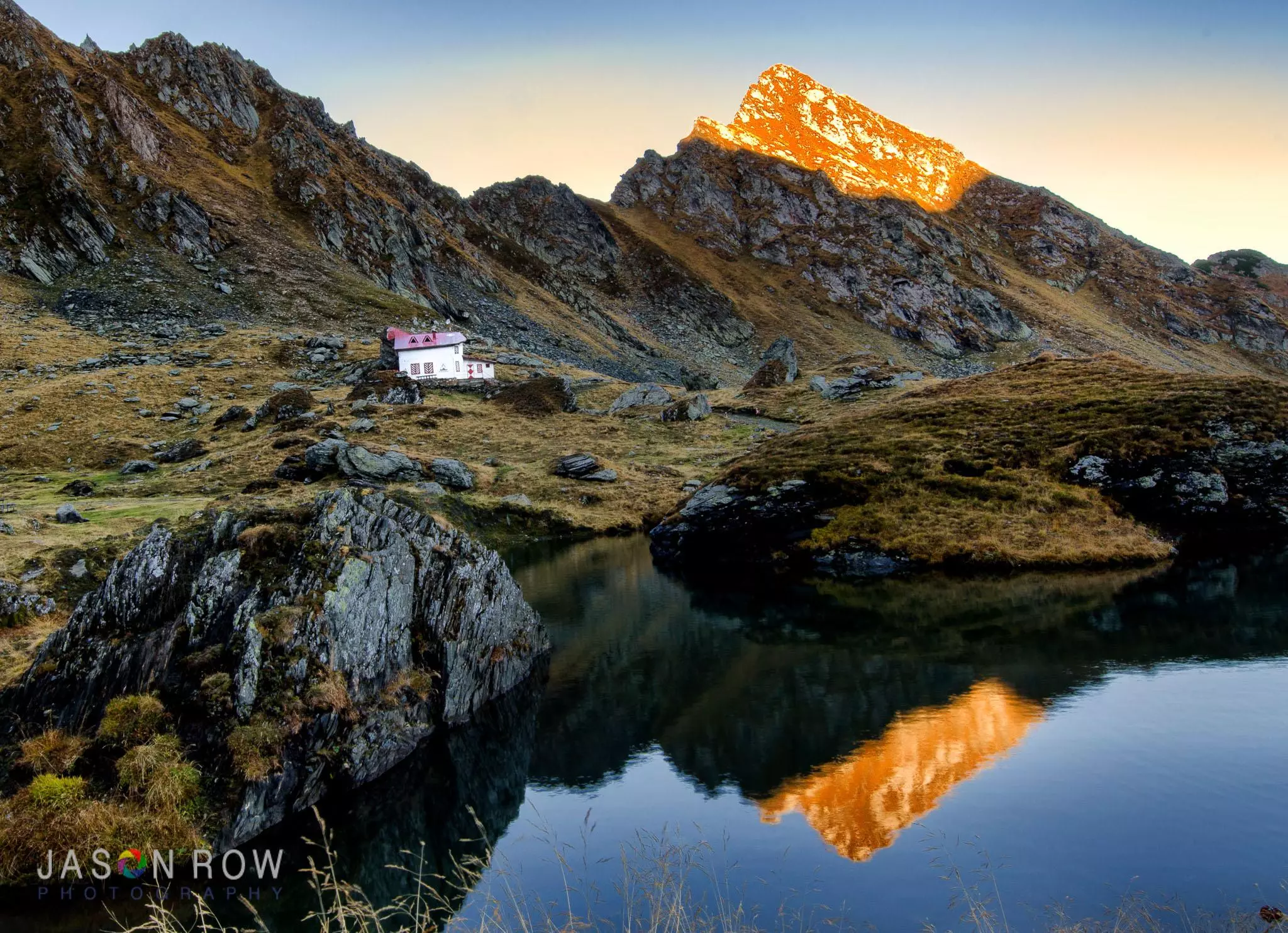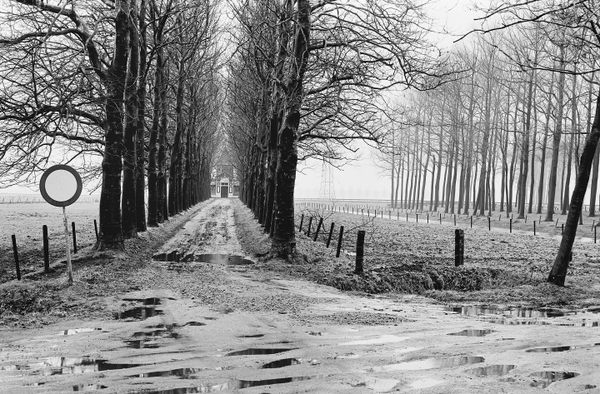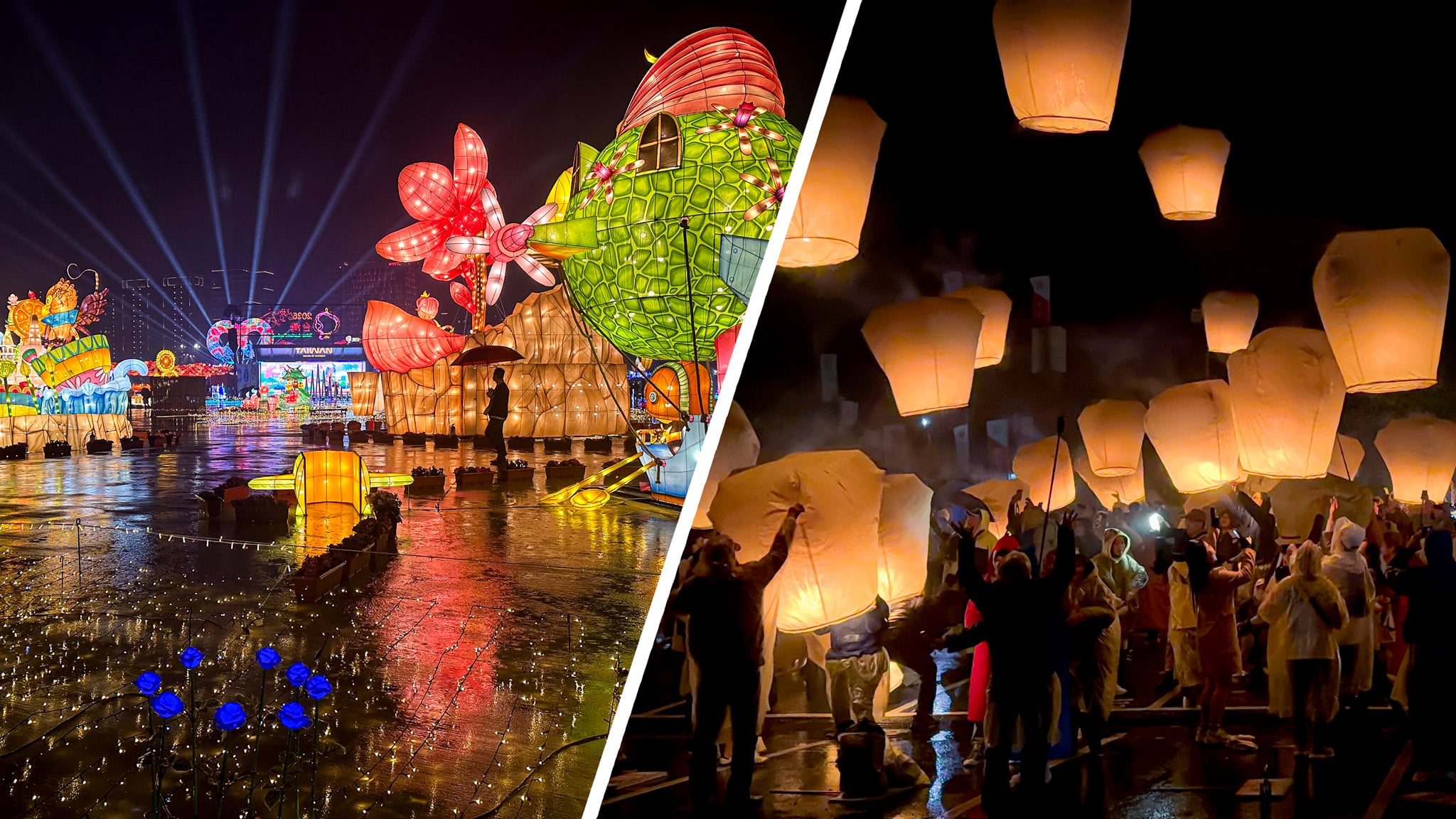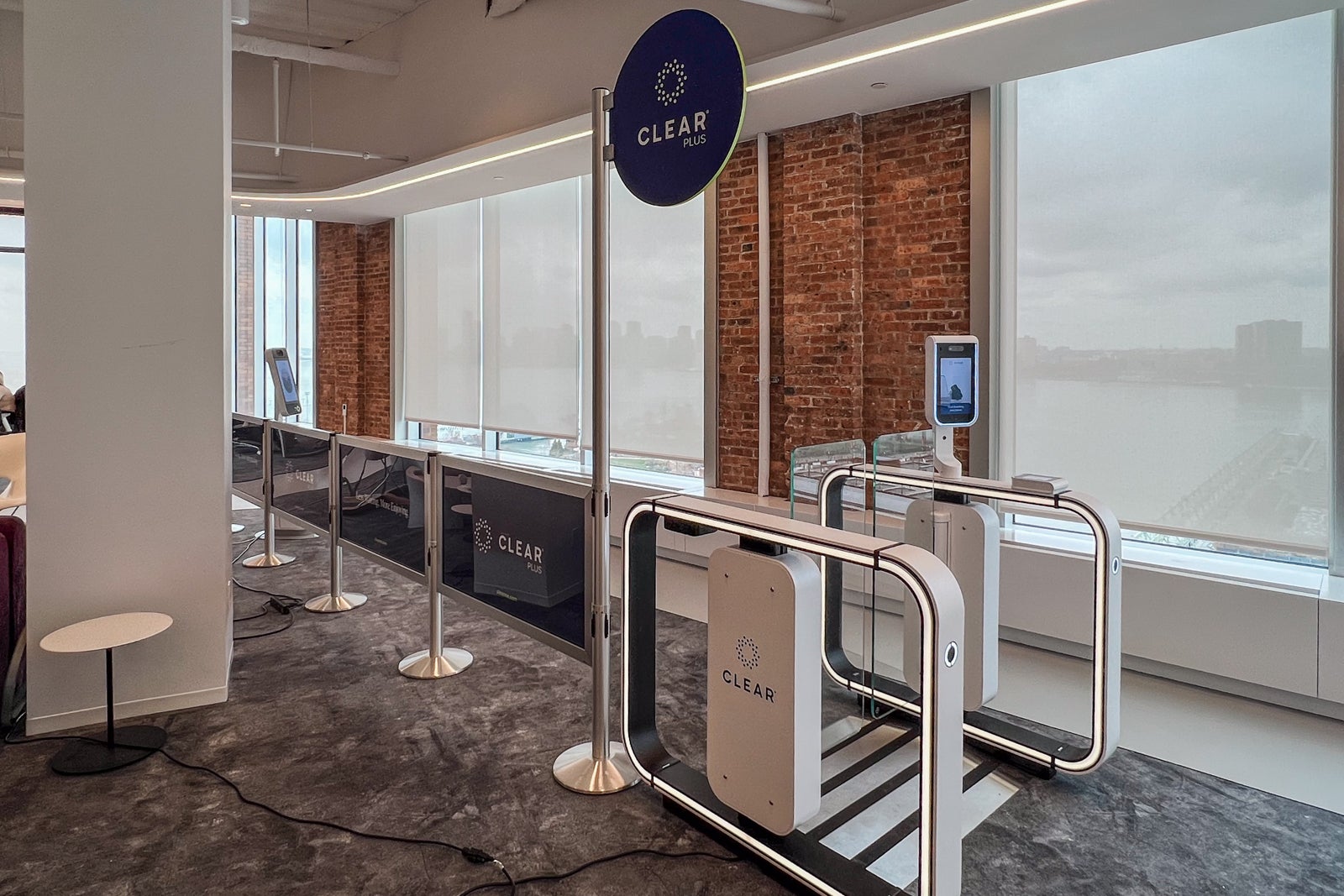The 11 best things to do in Kent
Kent’s gentle hills and crystalline coast welcome travelers looking for oysters and breweries, cliffs and cathedrals, and more in this corner of England.

With a nickname as evocative as the Garden of England, Kent begs to be explored. Often viewed by visitors to Great Britain as a blur of countryside from the windows of the Eurostar or a distant patch of green from planes descending into London, this corner of the UK isn’t merely somewhere to be passed through. Its proximity to northern Europe made it strategically important for centuries, though these days Kent’s gentle hills and crystalline coast couldn’t be more welcoming.
At its heart is the splendid Canterbury Cathedral, and from there the county opens up into a lovely collection of pretty seaside towns, historic estates, gregarious breweries, rolling vineyards and handsome castles.
Here are the best things to do in Kent.
1. Try oysters in Whitstable
The coast of England has a rich gastronomic canvas, and on Whitstable’s slice of Kent’s northern shores, it’s all about oysters. Alongside the likes of Wheelers Oyster Bar and Whitstable Oyster Company, plenty of dining options serve plates of tender and sustainably caught rock oysters, though the most satisfying might be found at the Lobster Shack. Ignore its crustacean-heavy name and head out onto the wind-blasted harbor arm, where you can dine al fresco with a plate of silky smooth oysters and a glass of wine or beer. There’s even a view of Whitstable’s oyster farms themselves.
Beyond those meaty mollusks, Whitstable itself is a charming spot, with a community museum, some independent bookshops, Tankerton Beach’s colorful huts and a Georgian castle.
Planning tip: Pair your oysters with a local wine, if possible (more on that below).
2. See a spectacular (and infamous) cathedral
Canterbury has a population barely above 50,000, but this city in central Kent is arguably the most significant religious city in the UK. The Archbishop of Canterbury is the spiritual leader of the Church of England, and the majestic Canterbury Cathedral attracts thousands of visitors every month.
But the cathedral’s association with the archbishop and its spectacular mix of Gothic and Romanesque architecture aren’t the only reasons it’s so well known. More notoriously, Canterbury Cathedral is the site where the then-archbishop Thomas Beckett was murdered by knights of King Henry II in 1170 (this incident lead to his posthumous canonization by Pope Alexander III).
The spot of Beckett’s martyrdom within the cathedral is marked by a striking sculpture by artist Giles Blomfield, representing the knights' four swords.
3. Tour Kent’s modern vineyards
Perhaps it’s the proximity to France, but Kent is one of England’s strongest wine-producing regions, with over 50 vineyards. This county is also one of the warmest, driest areas of the UK, and its lime-rich chalky soil (the same mix found in the French Champagne region) is ideal for wine, especially chardonnay and pinot noir.
To sample a glass and pick up a bottle or two, it’s best to hop in a car and drop by the various vineyards flanking Kent’s verdant hills and timbered villages. Gusbourne Estate just south of Ashford, Balfour Winery east of Royal Tunbridge Wells and the new Domaine Evremond near Canterbury give fantastic tours and tasting experiences. 
4. Stroll along the iconic white cliffs
The white chalk cliffs running north from the port of Dover are one of the most symbolic images of England. Reaching a height of over 100m (350ft), the cliffs are even visible from the windows of aircraft, let alone the ferries running between the UK and France (Dover to Calais is the shortest point between the two countries, at 20 miles).
It’s a blustery 20-minute walk from the visitors center to the main viewpoint, where there are cinematic views of the cliffs, the English Channel and the distant French coast (visible on clear days). Walking another couple miles brings you to the chunky Victorian South Foreland Lighthouse, once a setting for scientific experiments but now a quaint tearoom perfect for resting weary legs.
Detour: The sprawling 12th-century Dover Castle is perhaps a little overshadowed by the famed cliffs, but its fascinating history takes in medieval sieges to secret WWII tunnels.
5. Get arty in Margate
Margate once epitomized the cheap British seaside holiday before sun-filled package trips to Europe became a more desirable option. Yet Margate has gone through a surprising reinvention, evolving into a cool coastal art hub.
Start with the bright white Turner Contemporary near the shore where JMW Turner would stay during his trips to Margate. Opened in 2011, the airy three-floor space hosts revolving and thought-provoking exhibitions, while outside Anthony Gormley’s ethereal Another Time, Another Place sculpture looks toward the distant horizon.
The winding streets of Margate's handsome Old Town are also packed with galleries so make time to drop by Carl Freedman Gallery, Pie Factory and the Eclectic Art Gallery.
6. Learn about Winston Churchill at Chartwell
Winston Churchill is one of the most recognizable Britons of the 20th century. Set in the Weald of Kent’s bucolic countryside, Chartwell, Churchill’s elegant home for over 40 years, is where the former prime minister did much of his writing and painting. Many probably know Churchill through his speeches and photographs, but Chartwell shows the great man’s domestic life, as well as the gardens and lakes he helped build and his painting box, vast book collection and study.
Detour: From the nearby village of Westerham, a handsome pub-filled spot of its own, it is a pleasant 2-mile walk to Chartwell. 
7. Discover an unusual landscape
One of the largest expanses of shingle beach in Europe, with tufts of sea kale growing among its caramel-colored pebbles, Dungeness gives the impression of a desolate desert scene. While calling it Britain’s only desert is a stretch, there’s no doubt that this stark landscape on the south Kent coast is a compelling corner of the UK. Look out for a few of the local landmarks, including the Tanning Copper Monument, two lighthouses, a nuclear power station and one of the world’s smallest miniature public railways, the Romney, Hythe and Dymchurch Railway. Plants, birds and a huge array of insects make up the distinct wildlife here too.
Detour: Nearby Greatstone Beach is a more conventional coastal scene, with 2 miles of golden sand. It’s also a popular spot for kitesurfing, land yachting and kiteboarding.
8. Go on a luxurious British safari
Across 240 hectares of countryside, Port Lympne Hotel and Reserve is an impressive destination, and its over 900 animals include western lowland gorillas, big cats, black rhinos, giraffes and Kent’s only spectacled bears. While you’re are free to roam, the park’s finely curated 2.5-hour Land Rover safari tours with expert guides give visitors a far deeper insight into the species and the land.
What makes Port Lympne different from the usual zoo experience, however, is staying overnight at a four-star turn-of-the-century mansion, with quality dining at the Garden Room restaurant (formerly the mansion’s stable yard).
9. Visit a rejuvenated theme park
Originally opened in 1880, Margate’s famous old amusement park has had a glorious revival in recent years, after lying derelict and under threat of closure during the early part of the new century.
If you arrive in Margate at night, the bright yellow letters of Dreamland's 1930s art deco cinema are a kitschy introduction, but there’s a lot happening behind its doors. Retro roller-coasters, arcade machines, a roller disco and some quirky art installations make this a nostalgia-filled day out.
Planning tip: Dreamland also stages outdoor shows beneath its Ferris wheel throughout the summer. Ahead of a visit to Kent, check the schedule of live gigs in this arena. 
10. Take a windswept walk to a ruined church
Two train stops east of bookish Whitstable, Herne Bay is a more traditional English seaside town – rocks, a long pier, fish and chips – but it’s also the launchpad for a cinematic coastal walk with a history spanning almost two millennia. The Romans constructed a fort on nearby Reculver’s wind-whipped cliffs in the 2nd century, and then several centuries later a church was built here in 669.
This eventually became St Mary’s Church, though the settlement’s decline twinned with coastal erosion lead to the church’s decay into ruin. These days its skeletal remains have a macabre majesty about them, leading to a climactic 3-mile walk east above the cliffs from Herne Bay.
Planning tip: Herne Bay has some wonderful sunsets in the summer, so stick around even if your accommodation is elsewhere.
11. Sip on beers from a historic brewery
On a casual stumble around the traditional pubs of London or the South East, you’re bound to see colorful taps pouring Spitfire or Bishop’s Finger. These smooth ales are products of Shepherd Neame, Britain’s oldest brewer.
Founded in 1698, the brewery is located in the Kent market town of Faversham, and its visitor center has fascinating 80-minute tours delving into the science of the brewing process but also Shepherd Neame’s long history, including vintage delivery vehicles, a recreated coopers’ workshop and some bygone pub signs. And of course, it ends with a convivial tasting of the brewery’s Kentish ales and speciality lagers.
Detour: About 25 minutes south of Faversham is Curious Brewery in Ashford, whose modern angular brewery is a dramatic contrast to Shepherd Neame. Sample fresh IPAs, pilsners and ciders in its sleek taproom and restaurant.




































































































































































































































































